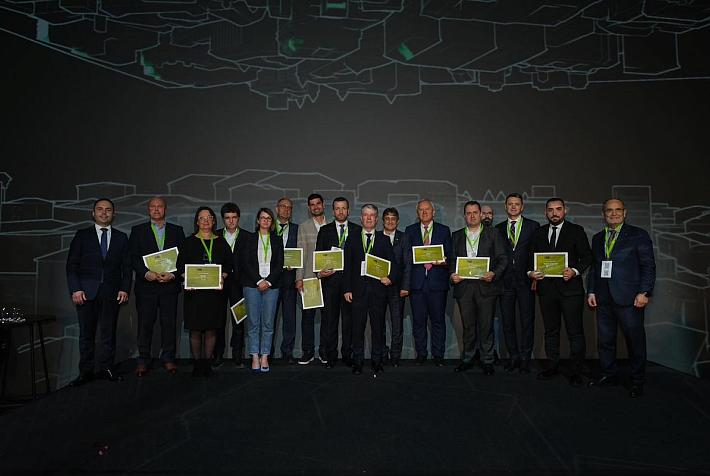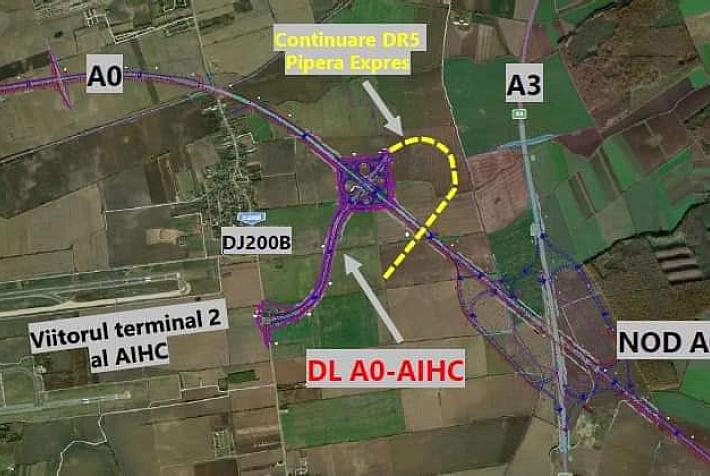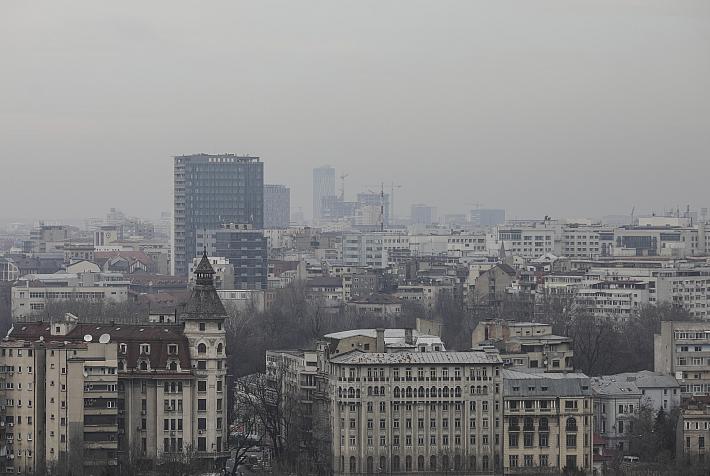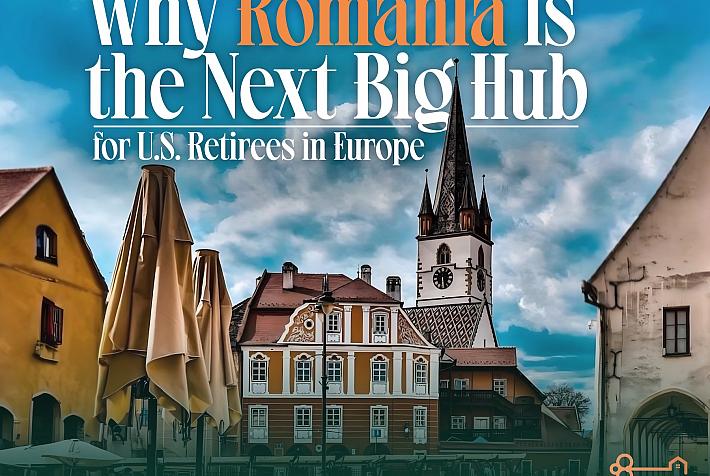Retailers in Romania ready to apply the VAT cut from 20% to 19% starting January 1

Retailers in Romania will apply the VAT rate cut on non-food products from 20% to 19% starting January 1. The general VAT rate cut is one of the changes to the Fiscal Code that come into force on January 1, 2017.
This will be the third VAT rate cut in the last two years. In June 2015, the VAT rate on food was reduced from 24% to 9% leading to a significant drop in food prices and higher domestic consumption. On January 1, 2016, the general VAT rate was also reduced from 24% to 20%.
The Social Democratic Party (PSD), which won the December 11 parliamentary elections after promising more tax cuts, asked the current Government to postpone the VAT rate cut and the other tax cuts scheduled for January 1. PSD promised to cut the VAT rate from 20% to 18% starting 2018. However, the Government led by Dacian Ciolos refused PSD’s request and the VAT rate will drop by 1 percentage point next week.
“We’ve already prepared everything, and from January 1, we'll apply the new VAT,” said representatives of Penny Market, a retailer with 200 stores in Romania.
The VAT reduction from 20% to 19% will apply to all the non-food products, including alcoholic drinks and cigarettes. For discounters, such as Kaufland, Lidl, and Penny Market, these products represent 20-30% of their total offer.
However, in the case of hypermarket chains such as Carrefour, Auchan, and Cora, which include in their offer up to 50,000-60,000 products, the share of non-food products is higher.
If the reduction is entirely applied to shelf products, the prices will drop by less than 1%, according to estimates of the local Ziarul Financiar.
“We will apply the VAT reduction from 20 to 19% from January 1. We have prepared the systems, prices have already been reduced,” said representatives of Kaufland, the leader of the local modern retail.
The two VAT cuts made in the last two years have generated a high increase in consumption, which became the main engine of the local economy for the first time after 2008, exceeding the exports, agriculture and the industry. However, Romania’s imports and commercial deficit also went up.
Moreover, the VAT cuts, through which the PSD Government led by former PM Victor Ponta aimed to bring more money to the state budget, had the opposite effect. The VAT collection dropped by 13% in November this year compared to the same month in 2015.
The new VAT cut will likely have a low effect on prices and consumption, but its impact on the state’s revenues will be significant.
Romania’s budget deficit reaches 0.79% of the GDP after the first 11 months
editor@romania-insider.com















